Siberian Elm Root System
Siberian elm root system. Other elms tolerate or even appreciate shade. Once its root system is established the only way to kill it is to destroy the root system or girdle the tree. When much of the topsoil is literally in the air only a plant that can drill its own well has a chance.
Leave branches on the lower trunk during this training period to encourage caliper development on the lower trunk. Per instructions from somewhere online I cut it down leaving a few inches of trunk above ground. It is susceptible to many diseases not Dutch-elm disease insects and growth disorders.
One aspect of this Bonsai that I am not too keen on is the nebari root structure. If you dont get the whole thing out they will come up from the root they spread by root and they produce by scientific measure a. The root system consists of several very large-diameter roots which can grow to great distances from the trunk.
They need frequent repotting once every other year to once a year. The reason the Siberian succeeded where other trees even other elms failed was its aggressive root system. Do not confuse these with the Siberian elm Ulmus pumila.
Root system develops fast. The seeds come up everywhere and their hold on life is astoundingly tenacious. In heavy clay soil dig the holes shallower than the root ball by at least 3 inches.
Siberian elm Asiatic elm Chinese elm dwarf elm. Siberian elms also outcompete other more desirable species uproot walls around yards dont age well branch breakage is common and exacerbate allergies too. Dig planting holes 2 to 3 times as wide as the root ball with sloped sides and no deeper than the root ball.
Mechanical clearing often requires repeat applications. So rotate your tree often so sun gets to all sides and keep it in full sun.
If you dont get the whole thing out they will come up from the root they spread by root and they produce by scientific measure a.
Siberian elm Asiatic elm Chinese elm dwarf elm. Windbreak Suitability Group - 1 1K 3 4 4C 5 6D 6G 8 9C 9L. Siberian Elm trees planted as a hedge with Spring growth Reno NVApril 2016 Until recently the Siberian Elm was sold as a plant to create a hedge. The woody root system is branching and widely spreading. The deciduous leaves turn yellow for a short period during the autumn before falling to the ground. That was about 4 years ago. Light Full sun to partial shade. Siberian elm has a shallow and widely spreading root system. Mechanical clearing often requires repeat applications.
When Siberian elm trees are cut they can resprout from the stump and roots. The deciduous leaves turn yellow for a short period during the autumn before falling to the ground. Per instructions from somewhere online I cut it down leaving a few inches of trunk above ground. Physical control can be done on a range of scalesfrom individual plant removal from hand tools to excavators to broad-scale clearing from tillers to bulldozers. In diameter are thin papery green to brown round or oval with a deep notch at the tip. Cold Hardiness USDA Zone 3. Small inconspicuous flowers grow in drooping clusters lack petals and are greenish with many small stalks that each bear a single flower.
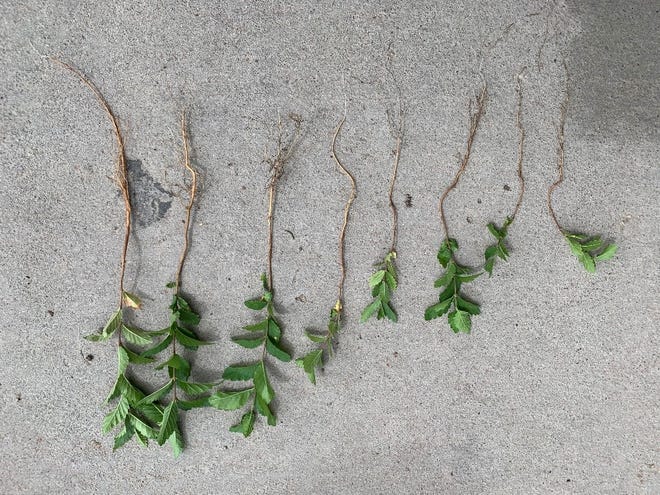

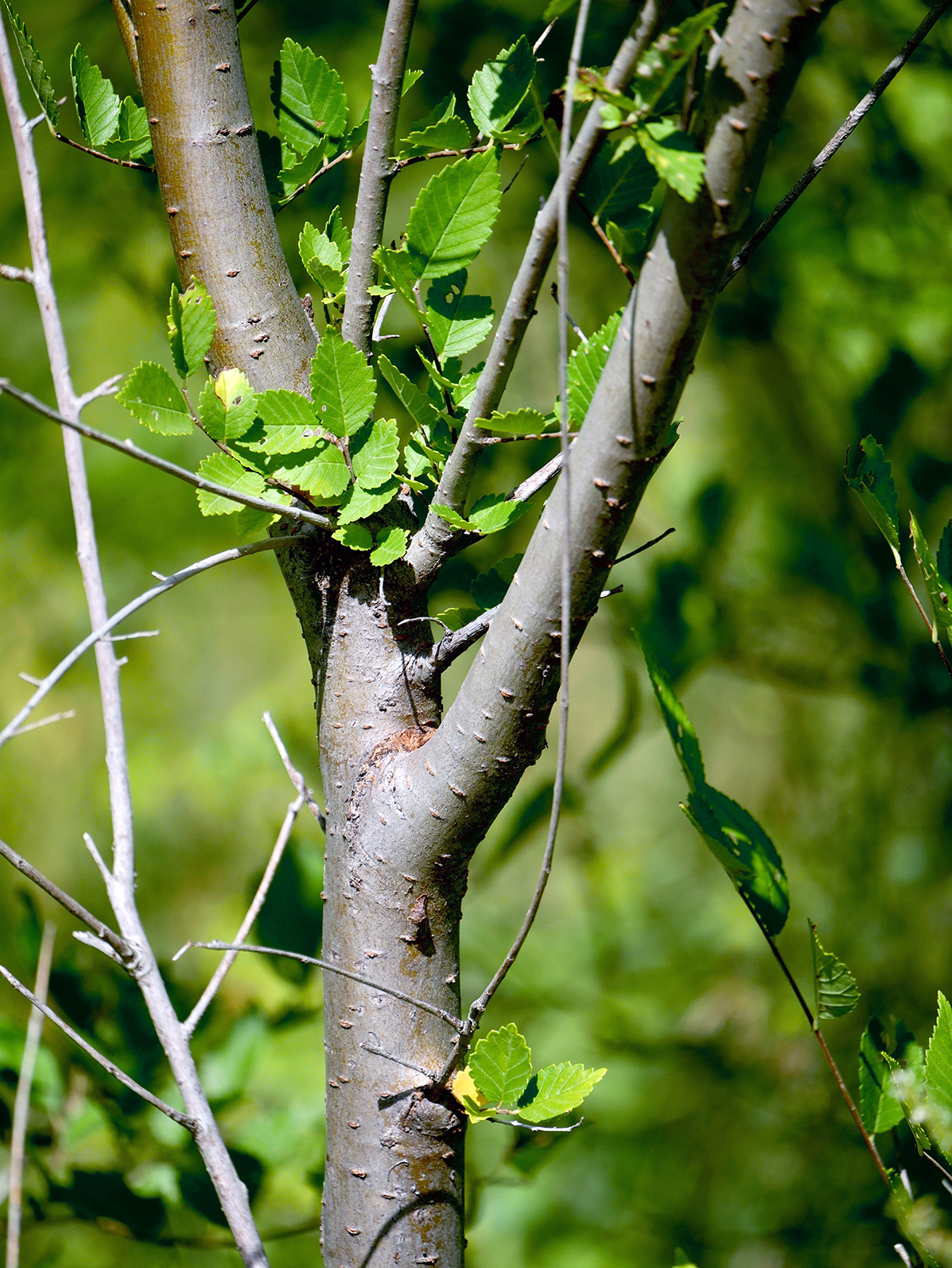
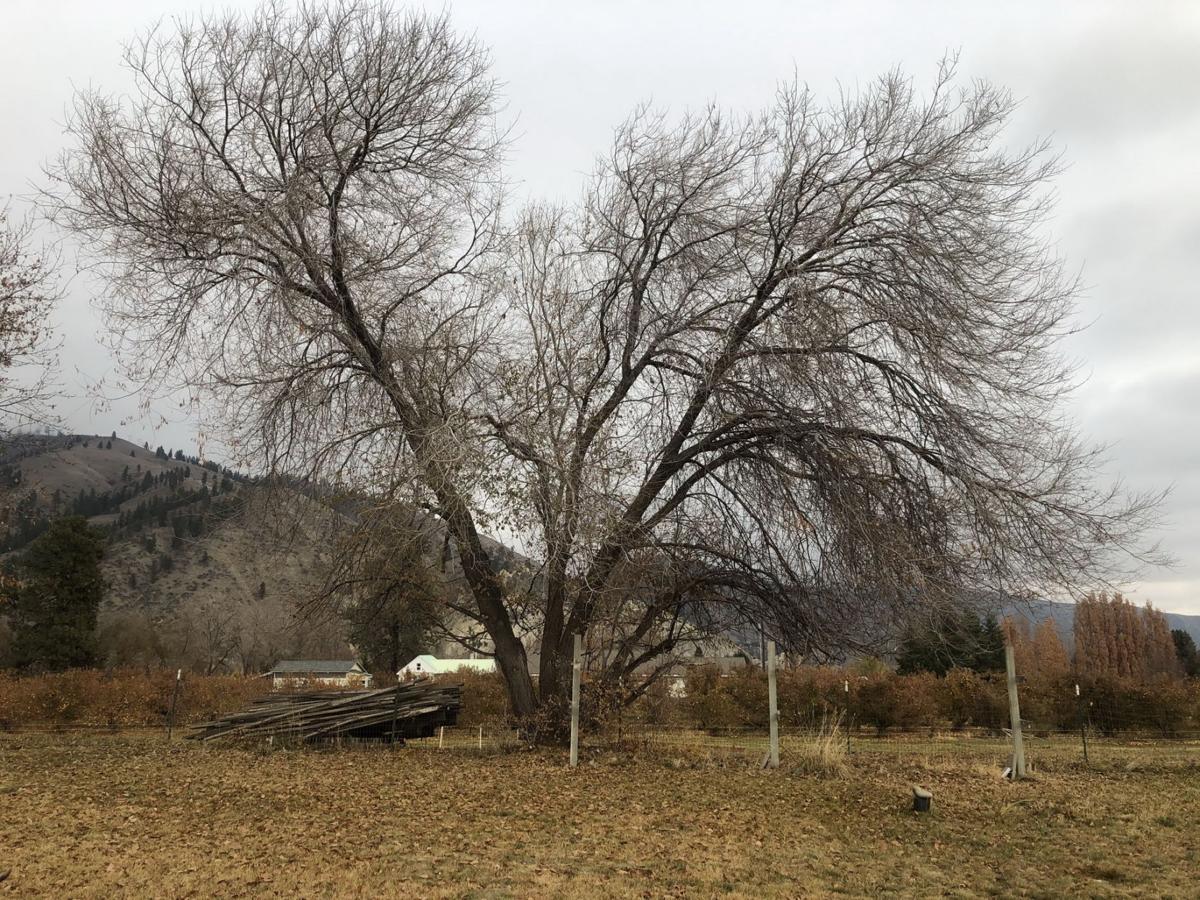



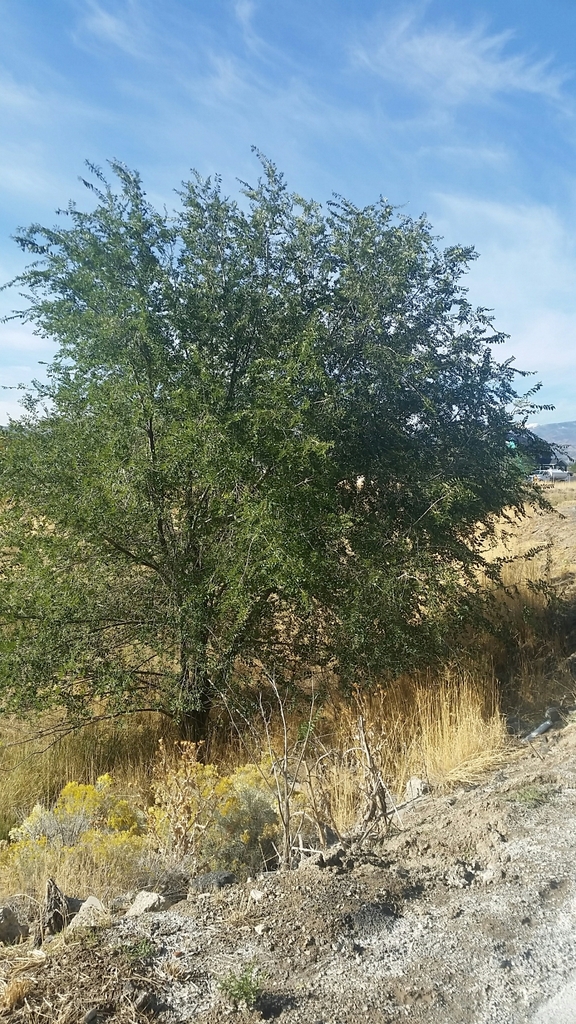
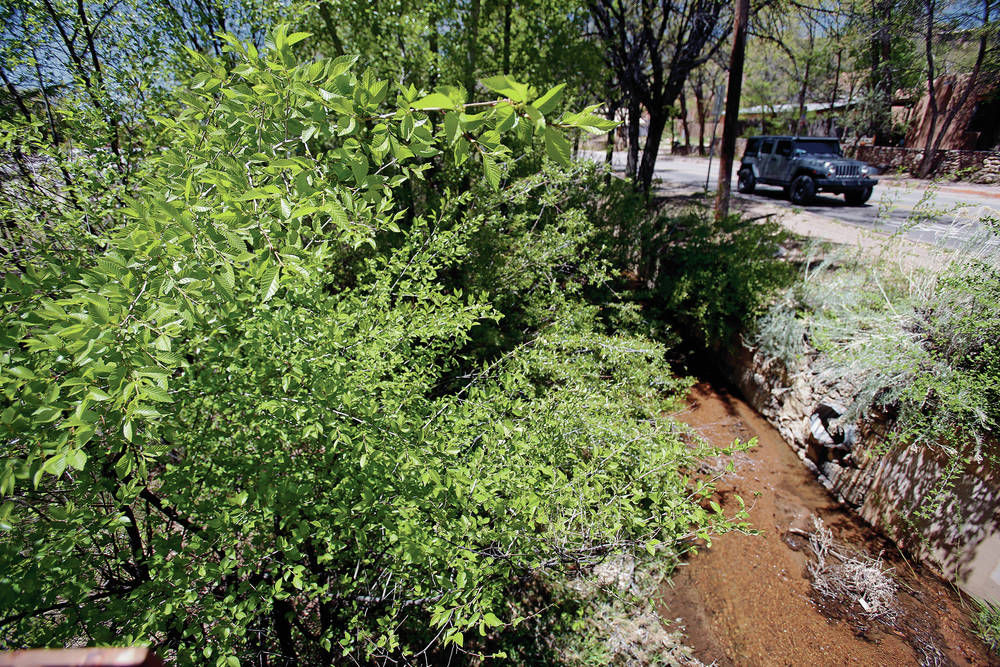
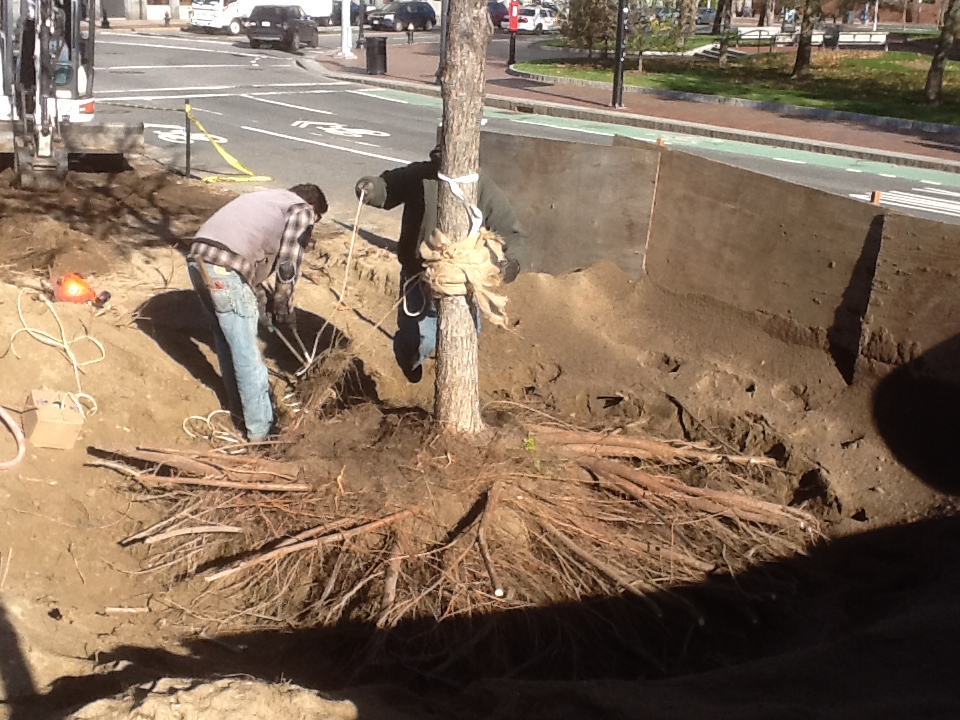
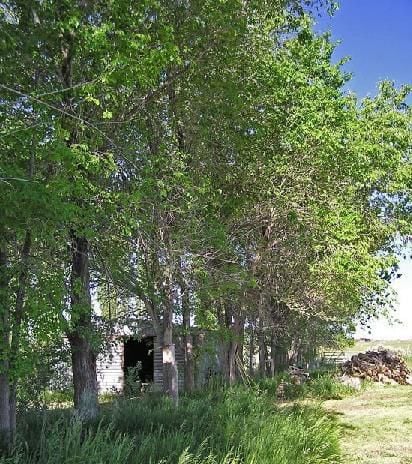




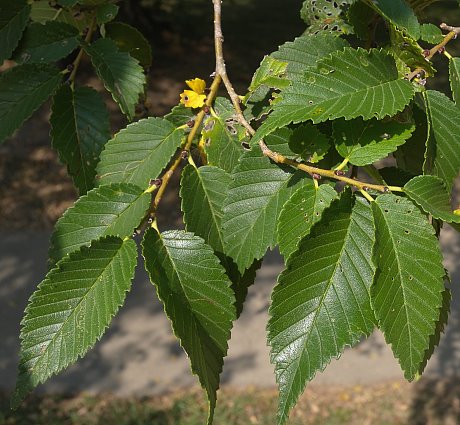


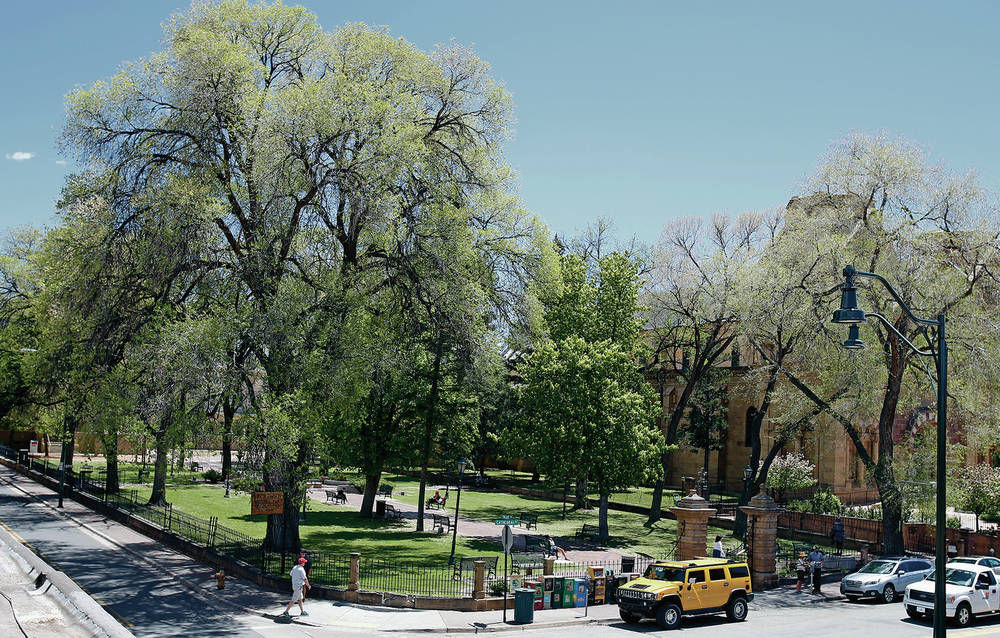
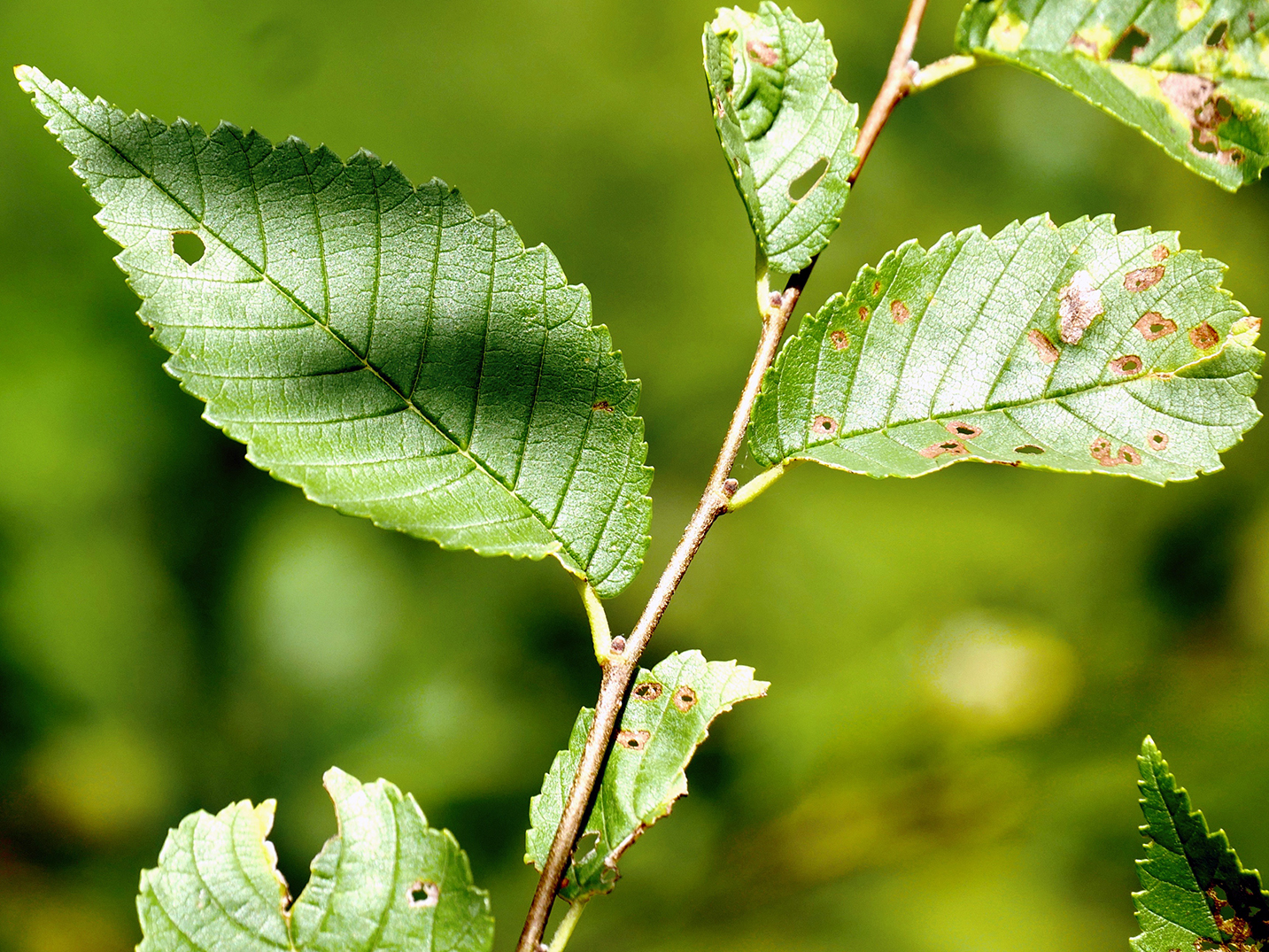
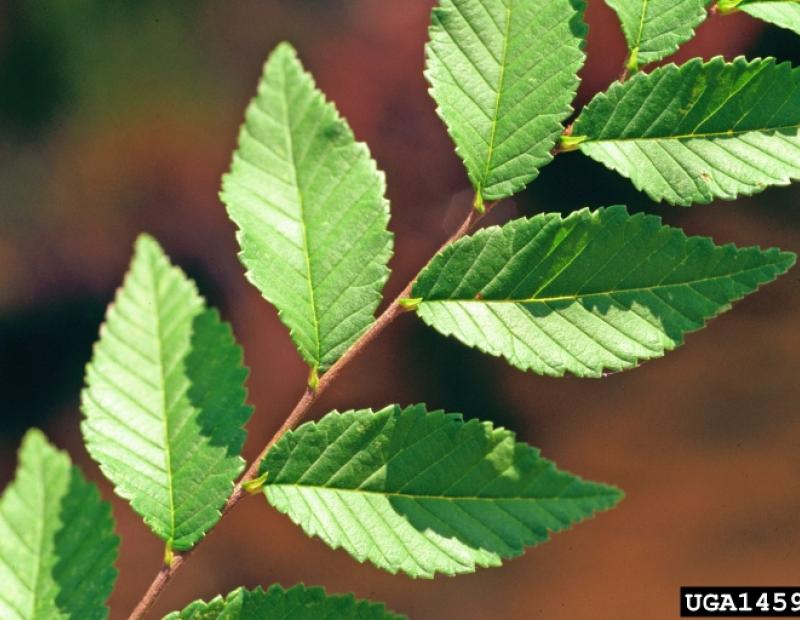


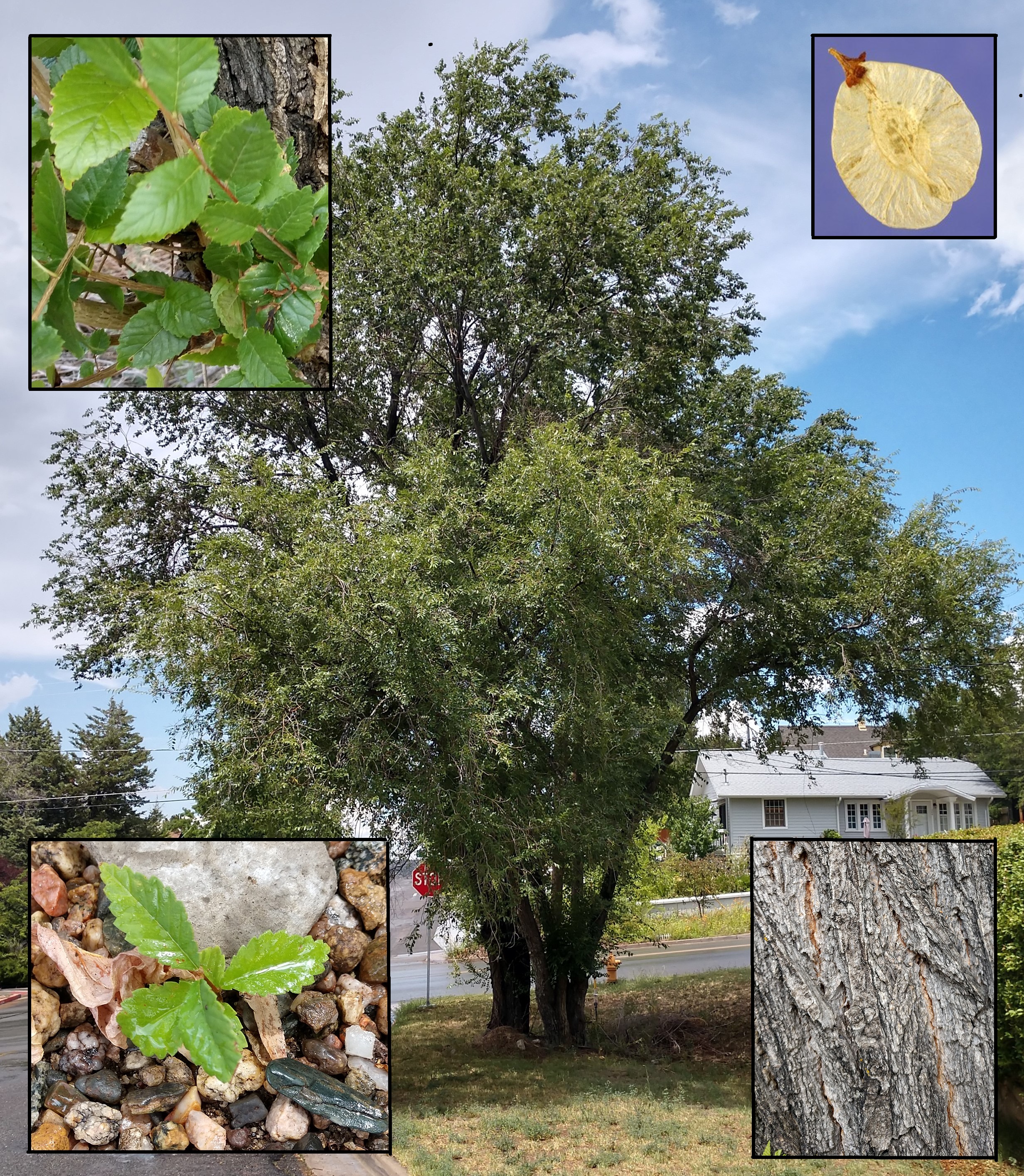



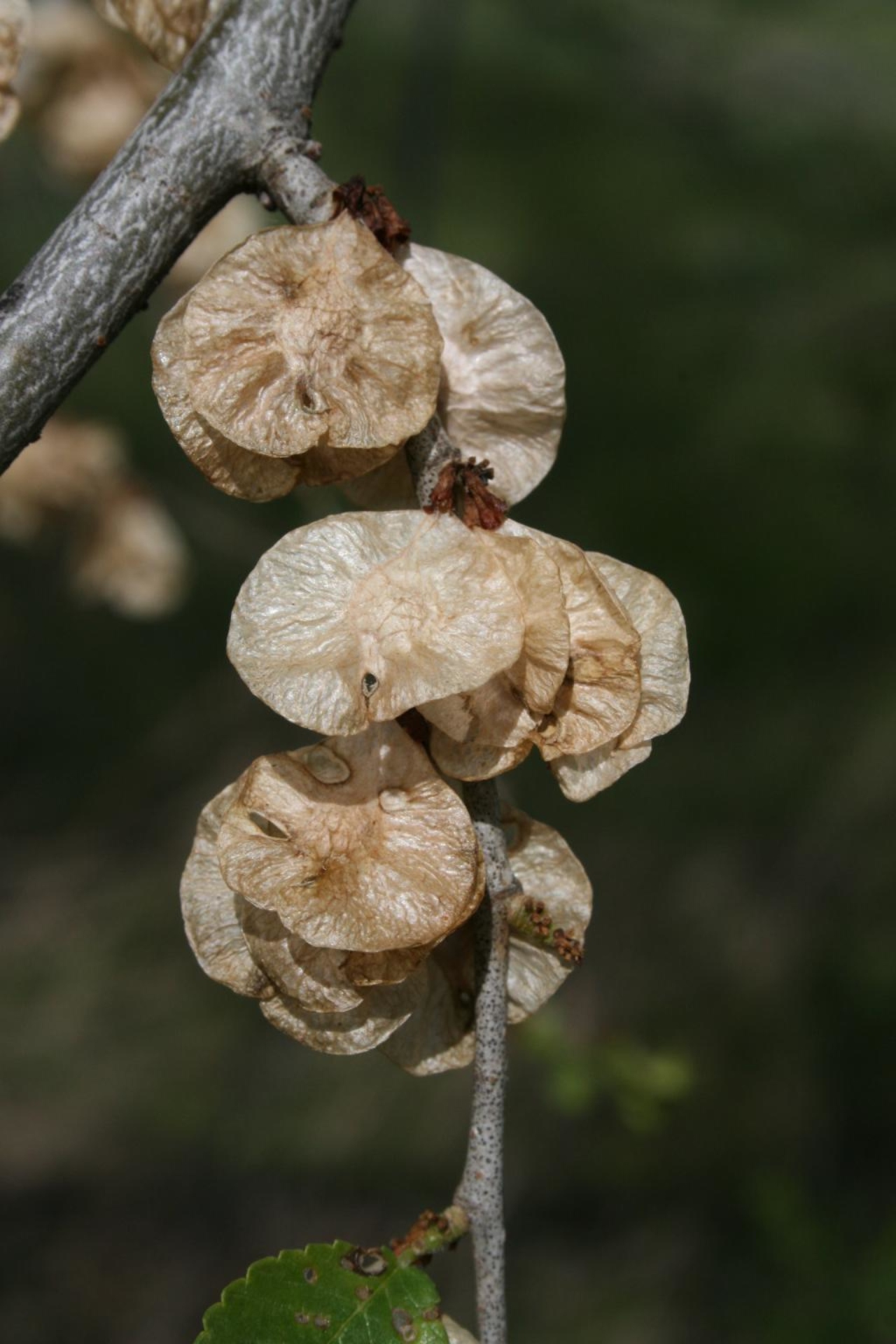
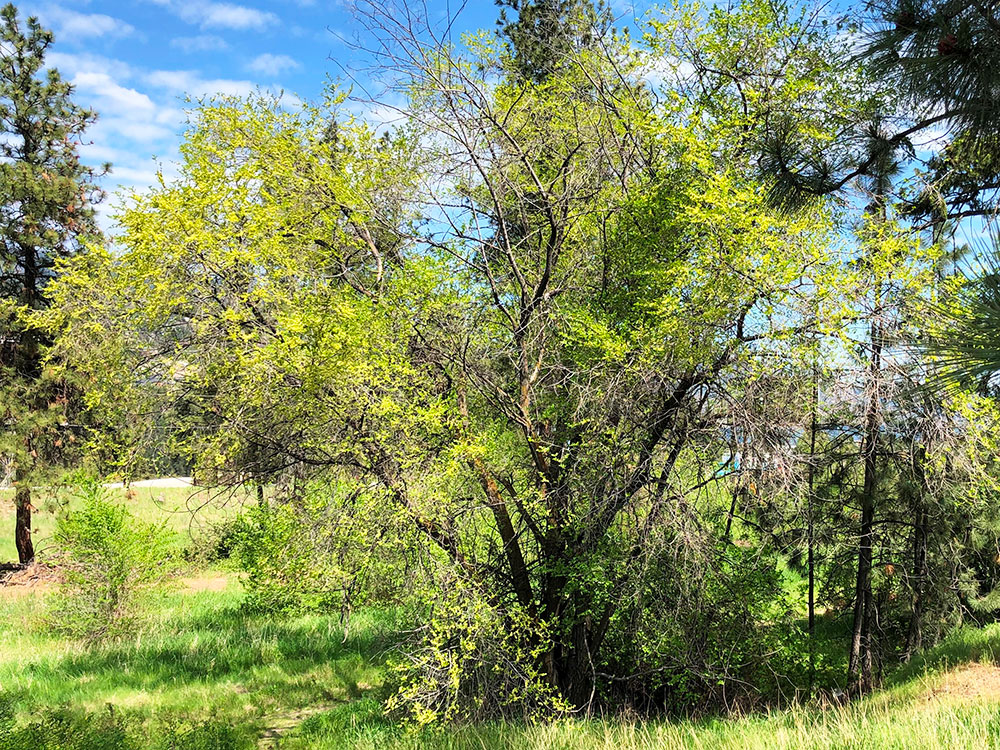
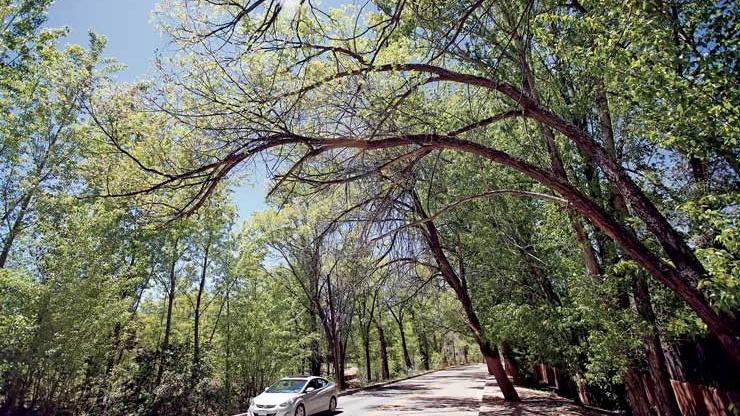

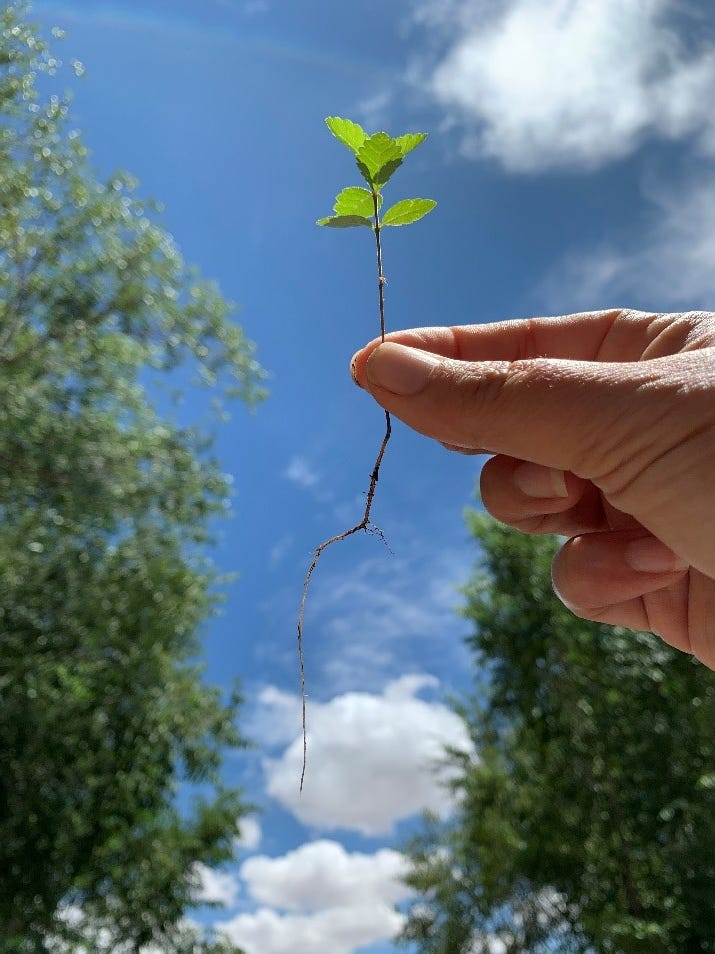
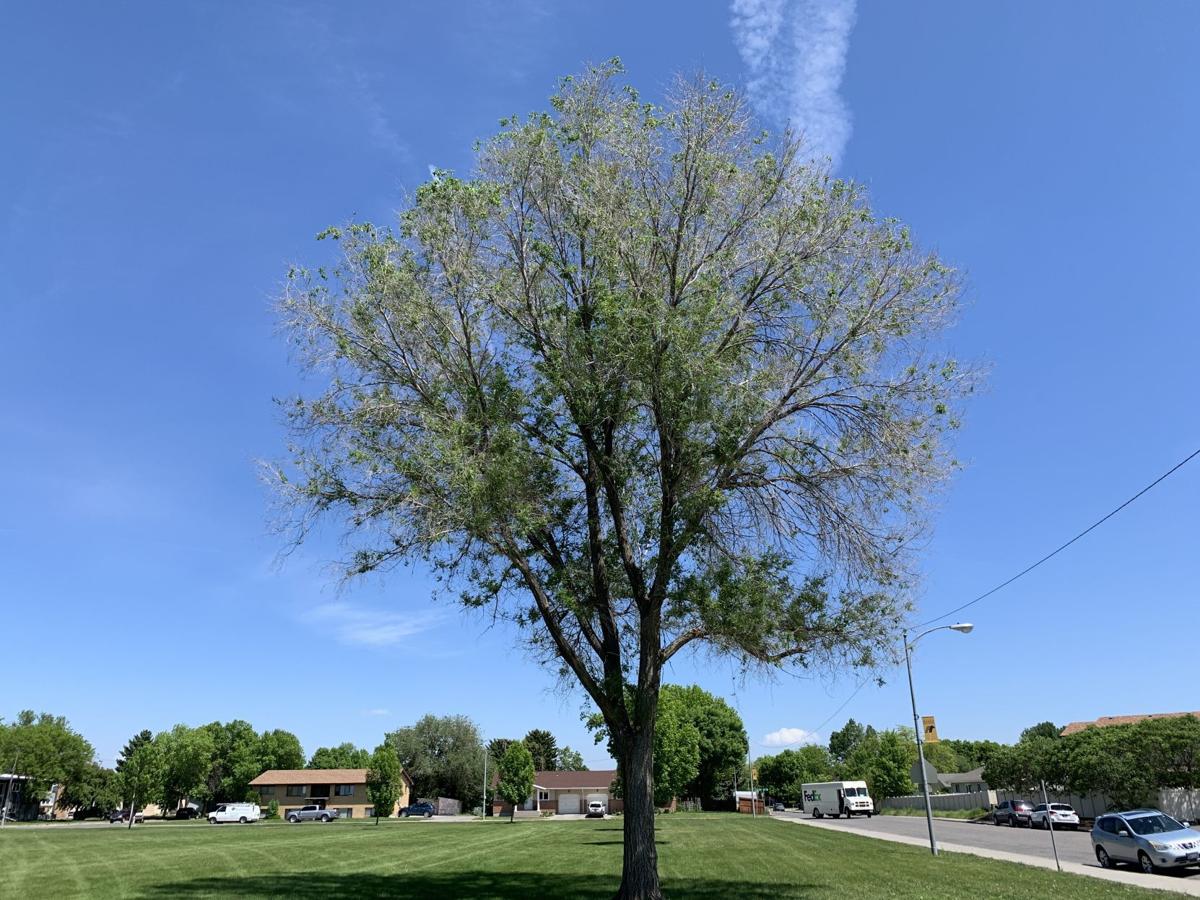


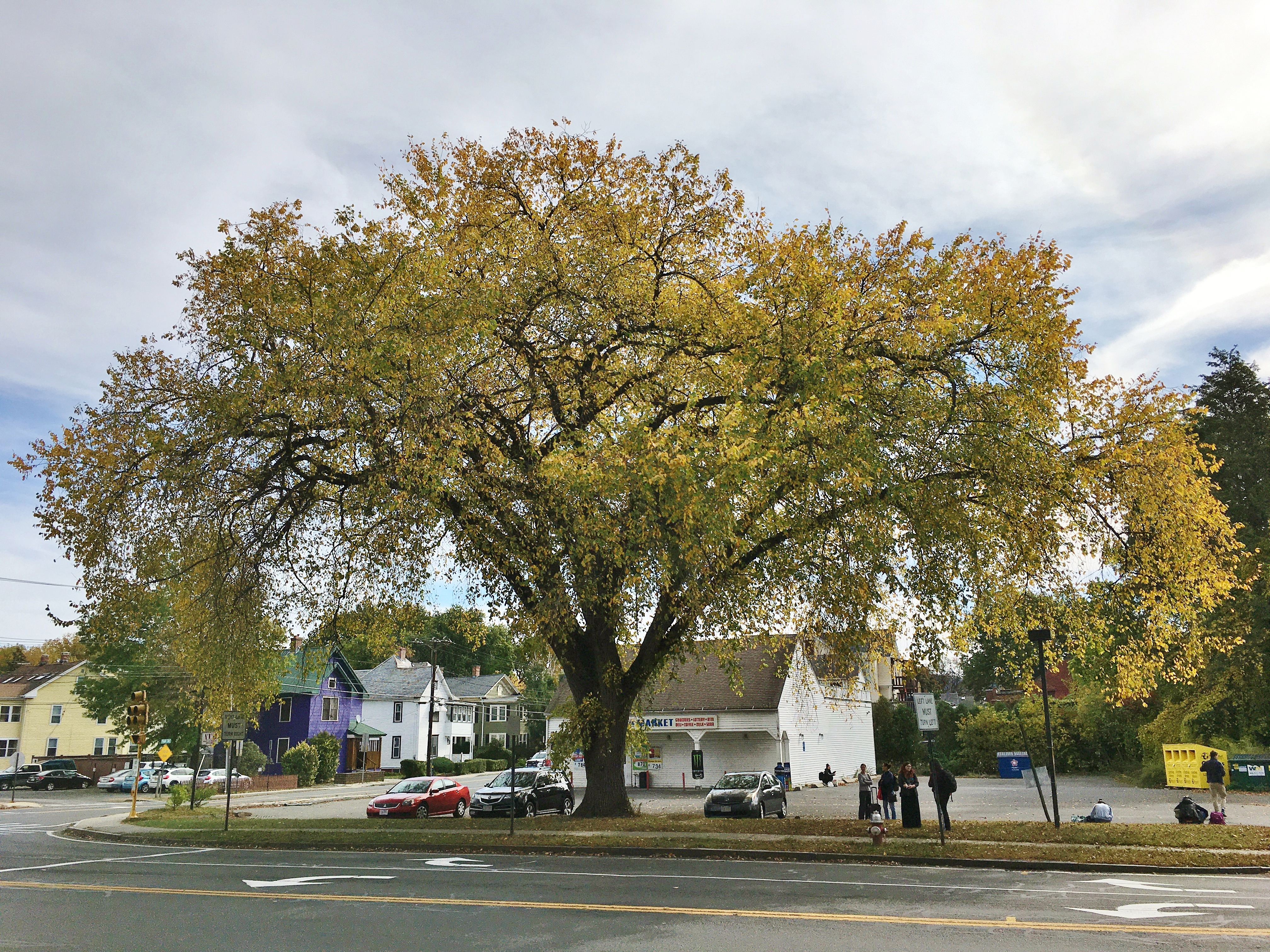

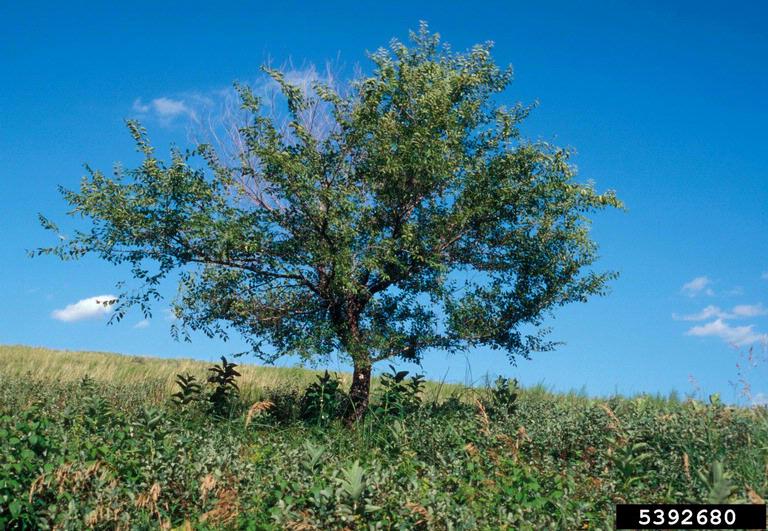

:max_bytes(150000):strip_icc()/between-the-leaves-of-a-fast-growing-hedge--ulmus-pumila--is-a-blue-sky-and-a-white-cloud-1226088085-3aa69979f6d54a24805affec4963f0c2.jpg)
Posting Komentar untuk "Siberian Elm Root System"